-
- Actuators
- Coil Design
- Electromagnetic Brakes & Clutches
- Inductors
- Levitators
- MRI
- Motors
- Alternators and Generators
- Electromagnetic Brakes and Clutches
- Sensors
- Loudspeakers
- Magnetic Encoding
- Relays and Contactors
- Solenoids
- Shielding
- Electromagnets
- Magnetic Bearings
- Magnetic Signatures
- Magnetic Fixtures
- Magnets
- Non Destructive Testing
- Particles
-
- Antenna Radiation Characteristics
- Simulation of an Airplane
- EM Simulation of a Desktop
- EM Compatability and EM Interference
- Cable Junctions and Terminations
- Filters
- Lightning Strikes
- Microwave Circuits
- Microwave Ovens
- MRI
- Near Field Analysis
- Radar Cross Sections
- Radio Frequency Cavities
- Reflector Antennas
- Sensors
- Ultra Wideband Antennas
- Waveguides
- Antennas
Inductors
Some specific types of inductors:
Chokes:
Normally our electromagnetic simulation software MAGNETO™ (2D/RS) would be sufficient, though chokes with air gaps might require AMPERES™.
High voltage chokes may require analysis of the electric fields in and around the device to determine safe operating conditions. Usually this requires COULOMB™, though simple geometries may permit the use of ELECTRO™ (2D/RS).

Adjustable Core Inductors:
If the core and plug in adjustable core inductors possess rotational symmetry, an RS MAGNETO™ model should be sufficient, but complex geometries or examination of fields external to the inductor might require AMPERES™.
Saturable Reactors:
The presence of both DC and AC windings in saturable reactors necessitates a transient analysis using OERSTED™ .
High voltage inductors may require analysis of the electric fields in and around the device to determine safe operating conditions. Usually this requires COULOMB™, though simple geometries may permit the use of ELECTRO™ (2D/RS).
Current Limiting Reactors:
In the case of current limiting reactors, if the reactor possesses rotational symmetry, an RS MAGNETO™ model should be sufficient. Complex geometries or examination of fields external to the reactor might require AMPERES™.
High voltage reactors may require analysis of the electric fields in and around the device to determine safe operating conditions. Usually this requires COULOMB™, though simple geometries may permit the use of ELECTRO™ (2D/RS).
Simulations using Integrated CAE software permit determination of inductor performance and equivalent circuit parameters.
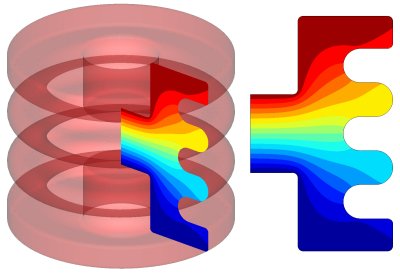
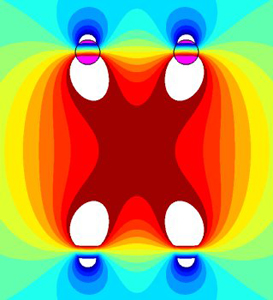
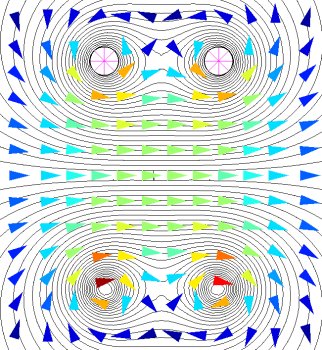
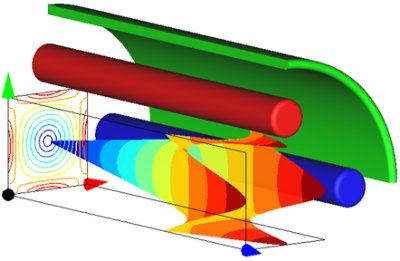
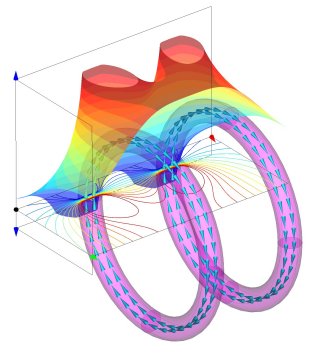
.gif)